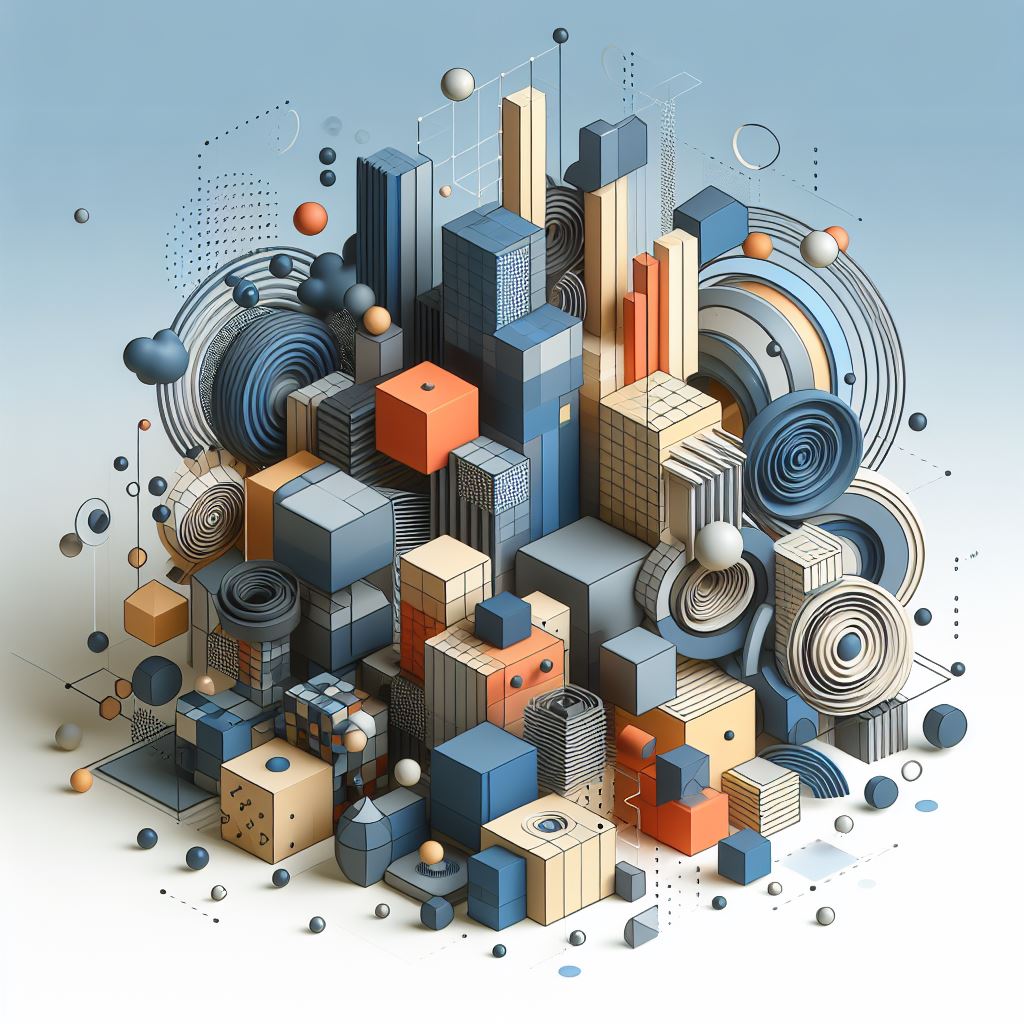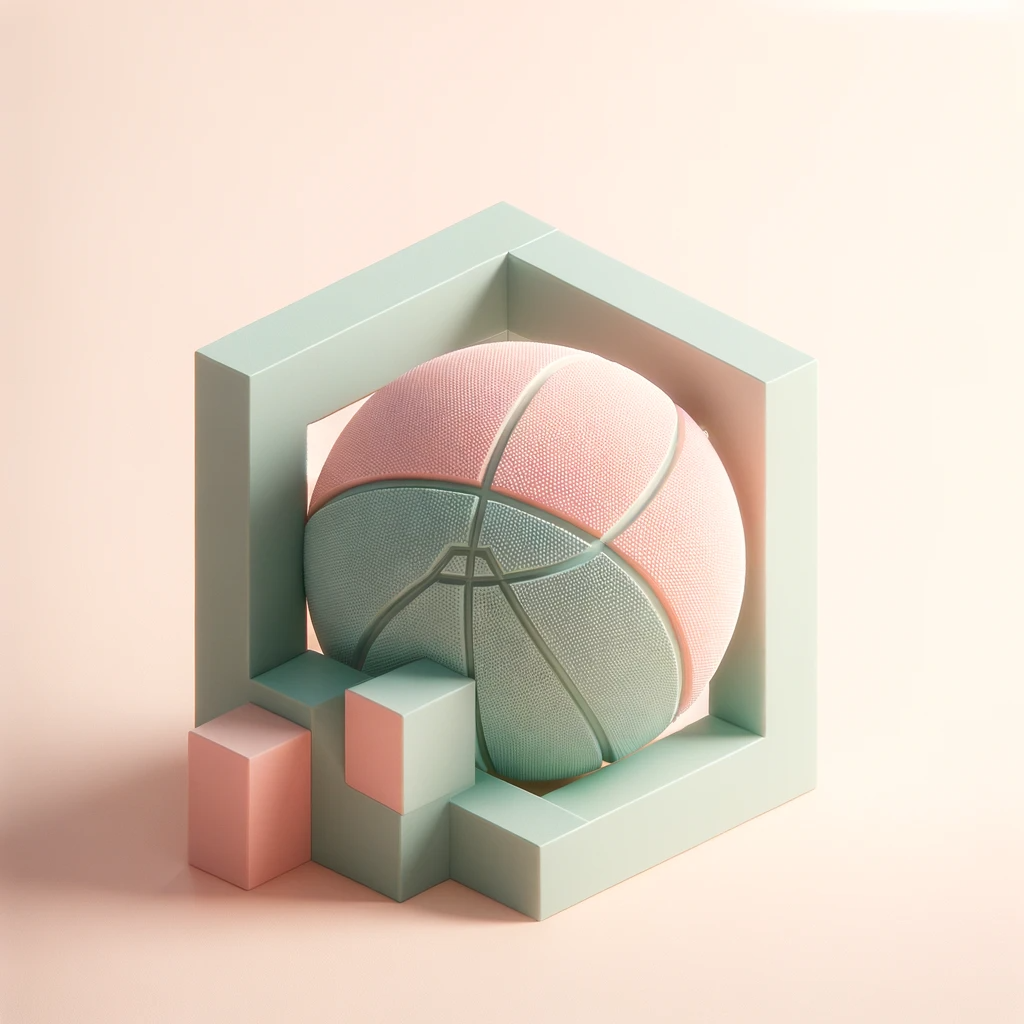
Intricacies of Geometric Design
Here ia a subtitle that you can enter in the post options.
The realm of design is undergoing a remarkable transformation, which is being propelled into the future by the advent of artificial intelligence. AI-generated 3D figures are not just a fleeting trend but a profound evolution in how we conceive and visualize designs. This article delves into the world of AI-generated 3D figures, exploring their implications for design, art, and the broader creative landscape.
At the heart of AI-generated 3D figures lies an intricate process powered by machine learning algorithms. These algorithms analyze vast datasets of geometric shapes and design principles, learning to create complex figures that push the boundaries of traditional design. The result is a new breed of 3D figures: precise, intricate, and often surprising in their complexity. This AI-assisted design process allows for rapid prototyping and experimentation, offering designers a tool that augments their capabilities and unleashes new creative possibilities.
Skeptics may question the artistic merit of AI-generated designs, wondering if the absence of a human touch detracts from the creative value. However, these AI creations are not devoid of artistic merit but represent a collaboration between human intent and algorithmic execution. The unique aesthetics of AI-generated 3D figures bring forth a new artistic expression, one where the unpredictability of algorithms introduces a novel form of creativity.
AI-generated 3D figures are more than just a technological marvel; they are a testament to the synergy between human creativity and machine intelligence. As we embrace the possibilities AI brings in design, we are witnessing the dawn of a new era in creativity. An era where the lines between the artist and the algorithm blur, giving rise to a world brimming with imaginative and groundbreaking designs.
For more insightful articles on the intersection of AI and design, subscribe to our newsletter AI Design Insights.




Comments